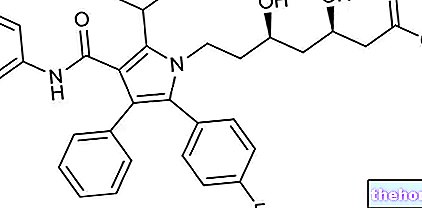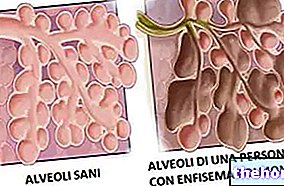In addition to the fundamental contribution to the protection of our well-being deriving from the knowledge of sleep physiology, the study of sleep pathologies which are generically classified as: insomnia, parasomnia, hypersomnia. It is estimated that currently about a quarter of the population over 40 years have an inadequate quality of sleep. If we take into account this high prevalence and the fact that sleeping badly is not only a problem confined to the night hours but has an important role in compromising the quality of life during the day and the global functioning of the individual, one can understand the importance of sensitization towards sleep, not only on the theoretical level, but also on the clinical one (G. Coccagna., 2000).
, which involves the extreme organic impoverishment up to the death of the animal, suggest that this physiological condition is indispensable for the biological and mental economy and for the vital functions themselves. In this perspective, Sleep has similarities with the functions of other systems , aimed at ensuring that each animal can adapt to its own ecological niche and can survive the attack of predators. The absence of REM sleep, for example, of some cetaceans (dolphins) despite their high encephalization quotient, could precisely respond to these adaptive and survival needs (Jouvet M., 2000).
A discourse on the functional meaning of Sleep must be able to take into consideration the two great stages (NREM and REM) of which Sleep is composed. It is commonly believed that NREM sleep, especially its delta component, is related to the conservation and restoration of basic vegetative functions, while REM sleep seems to be linked above all to higher brain and mental functions that are organized in this phase. In particular, the NREM delta sleep seems to have a relationship, perhaps regulated by an instinctual situation, with the wakefulness that preceded it and with the metabolic, thermoregulatory and homeostatic needs related to it. In favor of this hypothesis are the secretion of " growth hormone (GH), the homeostatic and thermoregulatory processes active precisely in this phase of sleep and the increase in its percentage after prolonged physical exercise. On the other hand, desynchronized sleep or REM sleep can perform the primary function of cerebral refreshment and cortical maturation.It is therefore a phase involved in psychological functions that constitutes a "biological framework" suitable for the development of specific mental activities. In favor of this hypothesis there are some considerations that underline the coincidence between REM sleep and dream and the increase in protein synthesis that is observed in the REM phase. These data offer a satisfactory biological basis for interpreting the information processing process and their memorization occurs with particular evidence during REM sleep (Block V. et Al., 1981; Gigli GL. et Al., 1985).
The cortical maturation process also appears to be influenced by active-REM sleep which in the fetus first and then in the newborn dominates the electropoligraphic and behavioral picture and is considered an indispensable endogenous stimulus for cortical synaptogenesis. Furthermore, REM sleep seems to participate in a development and refinement of oculomotor control in ontogenesis. The intense rebound of REM sleep that follows the selective deprivation of this stage, together with the psychophysiological observations that link this phase to the dream experience, have suggested that REM sleep may be more important for brain and mental functions than NREM sleep ( Jouvet M., 2000; Marks GA., Shaffety JP. Et Al., 1995).
The processes of synaptogenesis appear as the neurobiological basis of the organization of information and learning, REM sleep can be considered the stage in which the information, which has reached the waking brain, undergoes a reorganization (which would allow a process adaptive) and consolidation (which would allow memorization and recollection). However, it is relevant that the mental processes with more intense emotional participation that connect to learning are parallel to a motor and sensory inhibition, an increase in specific thalamocortical activity, an intense EEG desynchronization and a significant increase with outbreaks. of activity of a high percentage of cortical neurons.
, in fact, during the REM phase there is an increase in brain activity. In experimental studies men subjected to intensive learning sessions showed a significant increase in REM sleep, an expression of the process of fixing the data learned in long-term memory. Newborns they have a higher percentage of REM sleep than adults and the elderly in parallel with their greater ability to learn (Gigli GL. et Al., 1985; Marks GA., et Al., 1995).
Evolutionary theory
Sleep according to the evolutionary theory would have developed in relation to the concept of the relationship "prey, predators" or in relation to the influences of the environment. During sleep the preys attract less attention than predators but on the other hand they are also more vulnerable as less sensitive to stimuli. For example, herbivores sleep for short periods in order to have time to forage for food and watch out for predators. Carnivorous animals, being less endangered and foraging faster, can sleep longer. think that the animal with the greatest amount of REM sleep (about 200 minutes) is the animal with the least environmental risk: the domestic cat (Jouvet M., 2000).
For further information: Sleep disturbances




























